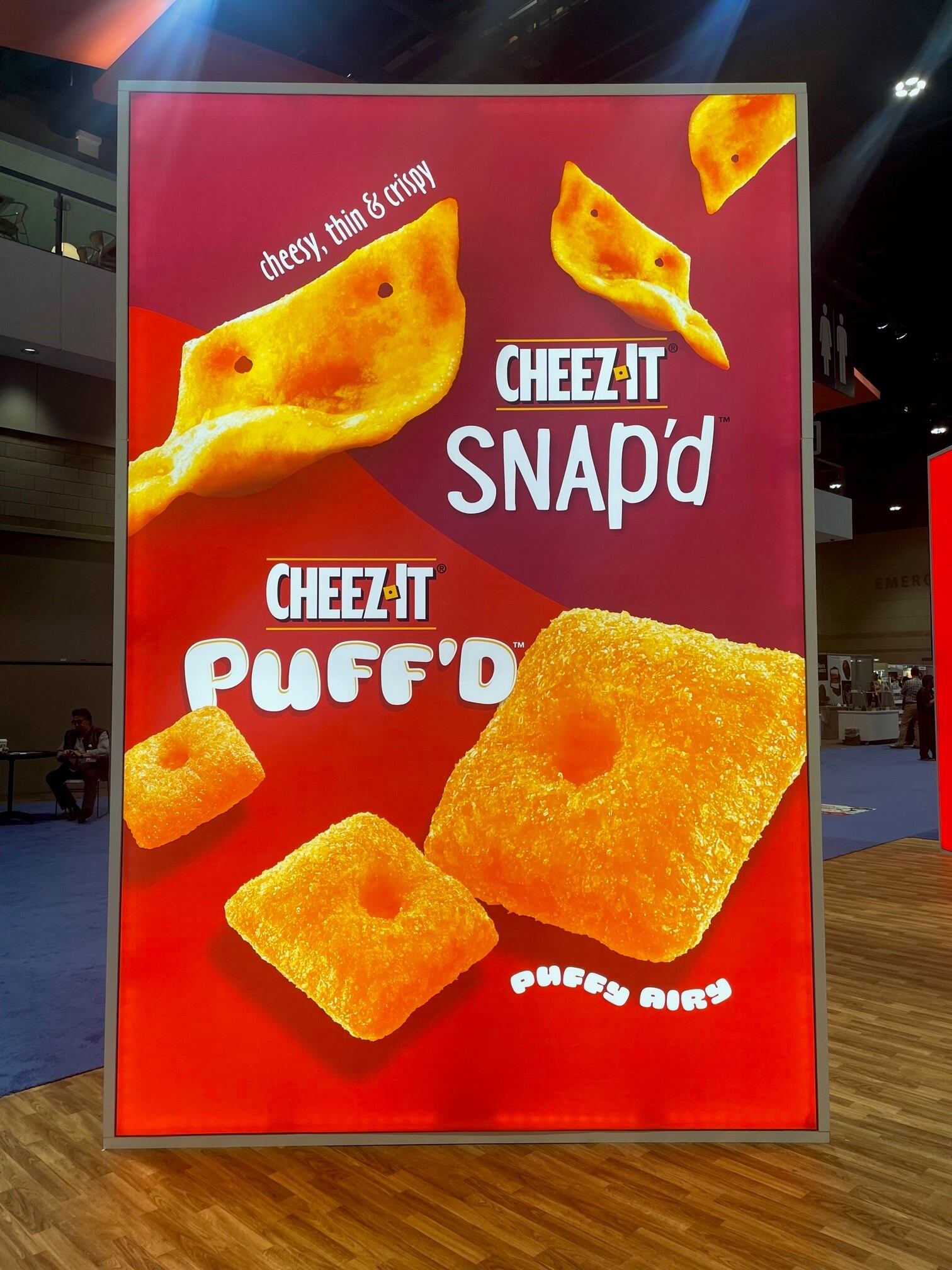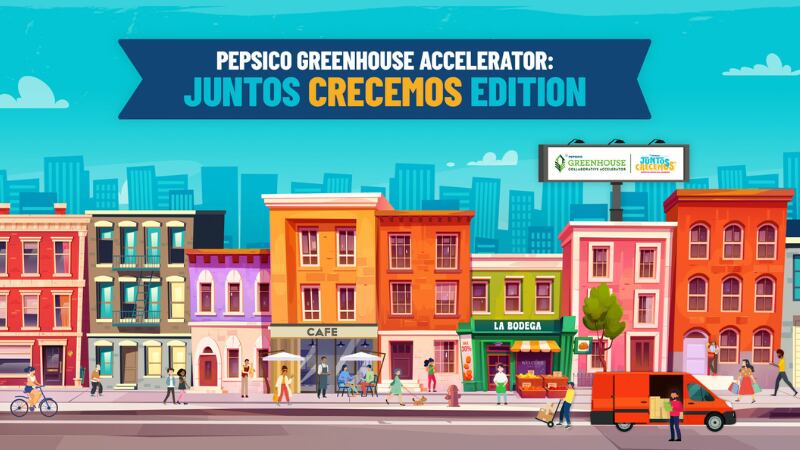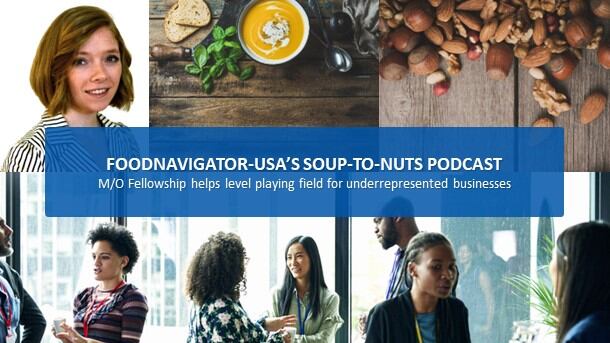According to the US Census Bureau, the multiracial population grew 276% from nine million in 2010 to 33.8 million in 2020. Multicultural spending power outpaces that of white/Caucasian consumers by $4 trillion, which includes Asian, Black and Latino consumers, explained Chelsea Jenkins, Kellogg’s director of cultural and inclusive marketing.
Based on Acosta Group’s findings featured in the presentation, 72% of Black, 65% of U.S. Latinos and 61% of Asian Americans enjoy grocery shopping, compared to 56% of white/Caucasian consumers, which again highlights the significant opportunities for brands to connect with multicultural consumers.
Reaching consumers in an oversaturated market requires dialing into demographic nuances
Consumers are exposed to brands every day—an estimated 4,000-10,000 ads each day according to digital marketing experts. How can brands reach consumers in an oversaturated market? Multicultural marketing by nature speaks to the daily nuances and habits of diverse communities.
“Eight out of 10 of the largest defined market areas (DMA) are majority-minority,” Jenkins explained. “If we want to talk to 40% of the Hispanic market, we could look at four DMAs” to develop a hyper focused strategy to the market’s location and grocery shopping habits.
This means connecting with local media, radios, influencer events and community ties “to get to the heart of those consumers in their language,” she said.
Currently four states represent the majority of multicultural consumers: Texas, California, New York and Florida. Latino communities in Texas and New York City require a different marketing strategy as these consumers lifestyles are vastly different. Mitchell advised that dialing into a city’s demographics will help brands understand how to develop authentic communications that reflect the community’s food preferences and motivations.
“Strategies, communications and touchpoints have to be inclusive”
As the largest multicultural generation, Gen Z consumers are developing their snack attitudes and perceptions. Brands can build authentic messaging by studying unique cultural dimensions, values, languages, communication styles and media consumption habits.
Taking the beauty industry as an example, a cosmetic brand that offers a range of 40-50 foundation shades demonstrates inclusivity and recognizes the diverse skin tones of its customers.
Food on the other hand is a universal need, and each demographic’s interaction with food reflects culture, language, values and daily habits, all critical information for brands to build an authentic marketing strategy. “Snacks,” Mitchell explained, “are inherently multicultural.”

“Snacks must deliver emotional needs,” Mitchell explained. “Strategies, communications and touchpoints have to be inclusive.”
Consumers look to brands that reflect their values. For many multicultural consumers, food is an activity to share with family and friends.
“The [snack] category is about understanding who they are and their motivations and what’s going to keep them in a brand,” Mitchell said.
Kellogg's Cheez-Its, for instance, had not been successful in capturing the attention of Latino consumers. According to Jenkins, as Cheez-Its lie somewhere between a cheese snack and a cracker, it failed to engage a significant snacking demographic. To address this, the introduction of Cheez-Its PUFF'D was specifically tailored to cater to Latino consumers, as puff formats are widely popular in Latin American cultures.
Black consumers look for brands “committed to furthering black-owned businesses”
Part of Kellogg’s research on Black consumers found that supplier diversity is critical.
“African American women are the most educated cohorts and entrepreneurs in the U.S. who are hyper focused on building a legacy because [they] weren’t afforded that opportunity in their family previously” Jenkins explained, “They’re looking to see if brands are committed to furthering black-owned businesses.”
Kellogg’s Black History Every Month focuses on creating jobs within the food system and investing in Black-owned farms and community gardens, especially since diverse communities are more likely to be in food deserts.
In partnership with one of America’s largest Black-owned companies, Kellogg’s works with Baldwin Richardson Food, which supplies fruit fillings for Kellogg’s Nutri-Grain, Pop-Tart, Kashi, Mini-Wheats and Crisp products.
“We are an innovative company that proactively introduces Kellogg to new concepts that are on-trend and tailored to their specific brands. We are also one of only a few suppliers that are invited to participate in Kellogg-run brainstorming and ideation sessions. Additionally, we are known for being a quality company, with predictable, competitive pricing – we’re a diverse company that thinks differently because of who we are,” Cara Hughes, senior director of sales, Baldwin Richardson Foods said in a statement.
“It’s so critical to have diverse suppliers in your supply chain for your brand—and it’s not just about your brand,” Jenkins said of uplifting suppliers and other key players responsible for driving Kellogg’s brand.
“Brands have to be doing right,” Jenkins advised. This means uplifting and advocating for food and health equity and sustainability in communities. “You’re adding value beyond the food.”




